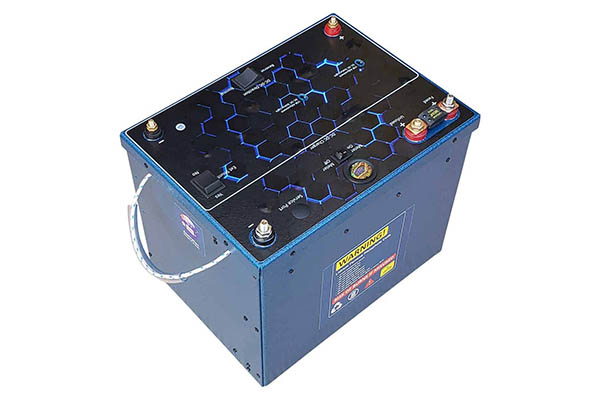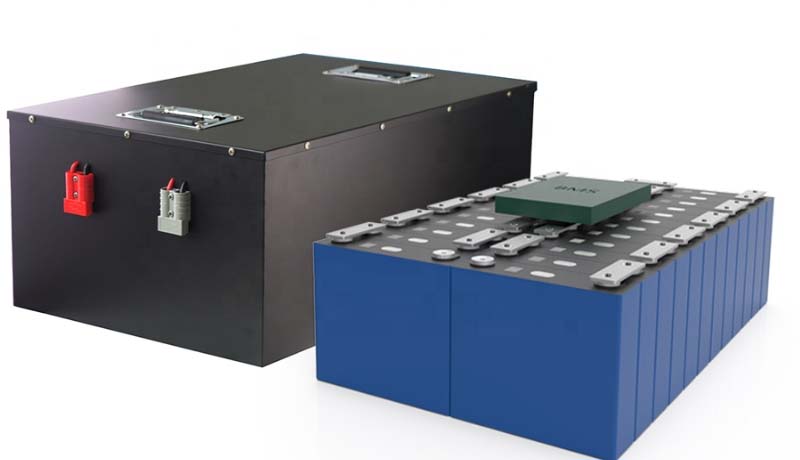Battery systems provide reliable DC power for various applications, such as control circuits, signal circuits, emergency lighting, relay protection devices, automatic systems, and remote terminal units (RTUs) in substations. During significant grid accidents, when the AC power supply from rectifier power systems is lost, battery systems become the sole provider of DC power, ensuring uninterrupted DC supply as the last line of defense.
With advancements in technology, valve-regulated sealed batteries (including various types such as lead-acid, silicate, and gel electrolyte batteries) have replaced conventional lead-acid batteries on a large scale due to their advantages of being lightweight, occupying less space, and causing minimal pollution. While valve-regulated sealed battery systems offer notable technical benefits, they also present challenges in testing, the inability to replenish electrolytes, and higher requirements for floating charge and operating environments. Furthermore, in the early stages of their application, some manufacturers unrealistically claimed that these batteries were maintenance-free, leading to a lack of understanding and inadequate maintenance of battery systems in operating units. This, in turn, resulted in harsh operating conditions and a significant need to enhance the operational management and maintenance level of battery systems.
Current Status of Battery System Operation and Maintenance:
In 2005, the State Grid Corporation of China established the “Technical Standards for DC Power Systems,” “Operational Specifications for DC Power Systems,” and “Maintenance Specifications for DC Power Systems.” However, before the implementation of these standards, there was a significant imbalance in the maintenance practices of battery systems among different power supply companies.
Generally, a 220 kV substation is equipped with two sets of 200-300 Ah battery banks, while a 110 kV substation typically has one set of 200 Ah or lower capacity battery banks. Currently, most units lack the necessary specialized instruments to test battery parameters comprehensively. In particular, capacity testing and impedance online testing for battery banks are often performed using traditional methods such as manual recording through high-resistance discharge. Despite the accelerated development of the power grid, the number of maintenance personnel has not increased proportionally, and the means of regular testing have yet to be innovated, with weekly measurements of individual battery cell voltages being the common practice. It is important to note that battery bank terminal voltage does not have a direct relationship with capacity, making it difficult to accurately determine the overall capacity of the battery bank through voltage measurements alone.
Common Operational Faults and Analysis of Battery Systems:
During the operation of battery systems in substations, the following failures may occur excessive or insufficient float charging voltage, increased internal resistance, mild sulfation, electrolyte leakage and creepage, shell deformation, and water loss. Battery banks that have already failed often exhibit the following three conditions:
The capacity of the battery bank does not reach the nominal capacity, and individual cells may discharge to the lower limit. Insufficient capacity and related issues can be timely identified through capacity testing or online impedance testing.
The battery bank fails to deliver any capacity output, with some individual cells being in an open circuit state. If a substation experiences an AC power failure and the battery bank fails simultaneously, the DC protection within the substation may be compromised, leading to potential misoperations of high-frequency protection or current differential protection with severe consequences.
Batteries in prolonged float charging states may experience short circuits, which can lead to thermal runaway.
Analysis of Causes for Potential and Actual Battery Failures:
Sulfation: When batteries are undercharged for extended periods, operated with low float charging voltage, or not adequately recharged after discharge, a coarse and hard layer of lead sulfate forms on the negative electrode, which is nearly insoluble. Severe water loss can increase the sulfuric acid concentration, further promoting the rapid formation of lead sulfate. The direct consequence of sulfation is insufficient battery capacity or even open circuit conditions.
Based on numerous data and field experience analyses, most cases of potential and actual battery failures can be attributed to inadequate maintenance practices. The reasons for battery failures can be categorized as follows:
Water Loss: Water loss is a common failure that leads to battery inefficiency. Factors such as low gas recombination efficiency, water seepage from the battery case, grid corrosion, and self-discharge contribute to water loss. Most capacity declines in valve-regulated sealed lead-acid battery banks can be attributed to water loss. Typically, a battery is considered failed when water loss exceeds 15%.
Grid Corrosion and Deformation: Grid corrosion significantly limits battery life. The positive electrode grid is thicker than the negative electrode grid in lead-acid batteries. During overcharging, the positive electrode grid corrodes and gradually oxidizes, losing its grid function. The corrosion products accumulate, leading to severe grid deformation.
Softening of Active Materials: With an increase in the number of battery cycles, the crystal structure shifts from the orthorhombic α-form to the β-form. The smaller grain size and weaker binding forces of the β-form result in the weakening and eventual softening (also known as pasting) of the active material grid structure, leading to battery failure.
Conclusion:
The typical operational faults observed in battery systems are primarily caused by inadequate maintenance. Battery failures are often attributed to factors such as sulfation, water loss, grid corrosion and deformation, and softening of active materials. Enhancing maintenance practices, including capacity and impedance testing, water level monitoring, and regular inspection and maintenance, is essential to ensure the reliable operation of battery systems.




